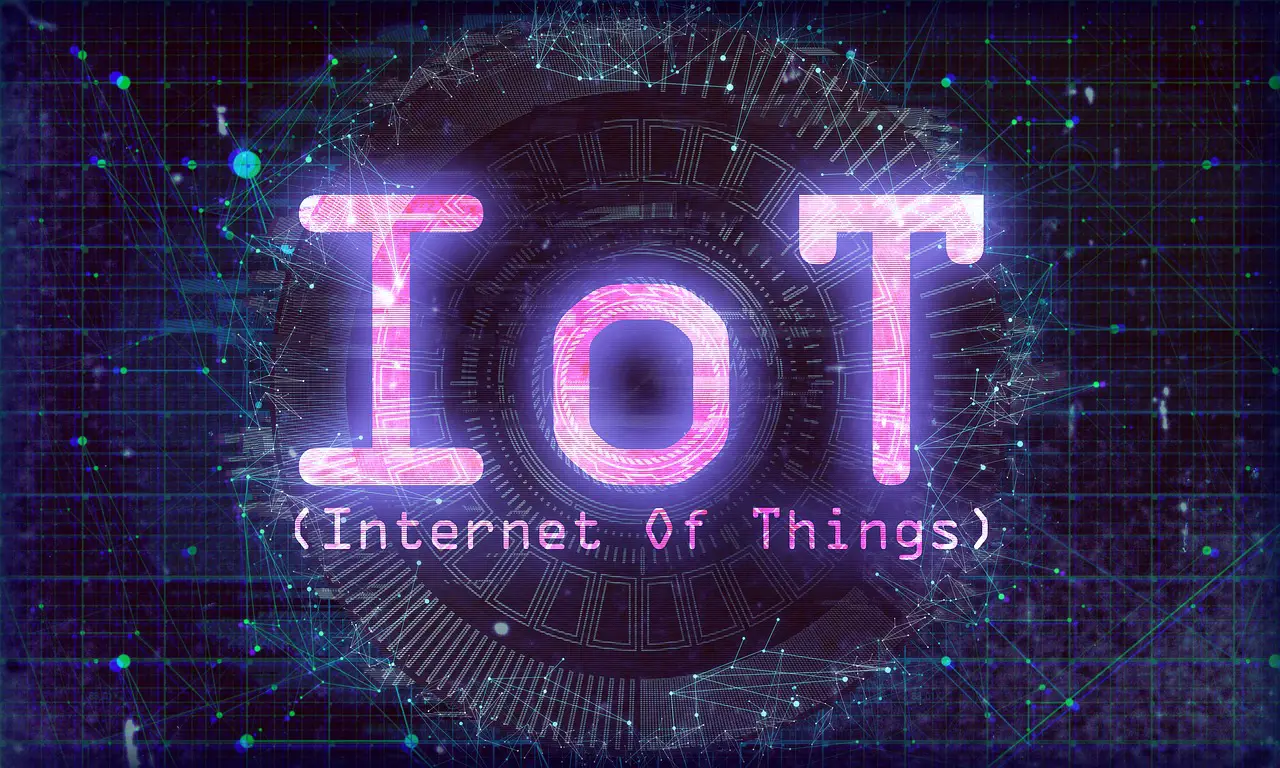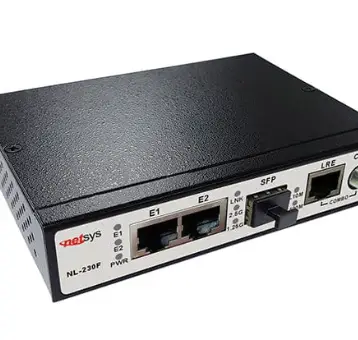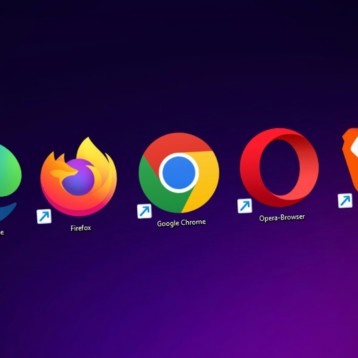
Modular gateways are among the most important building blocks of the Internet of Things (IoT). Although they create the foundation for almost every IOT application on the market, most laymen don’t understand their significance.
Modular software gateways and modular hardware gateways are both crucial to IOT processes. Anybody that works with IOT applications in any capacity must understand the fundamentals behind them. Since Agile is one of the most commonly used platforms for conceptualizing IoT platforms, they will need to familiarize themselves with the features that make these applications possible. This is why many safe agilist 4.5 certification exam questions focus on modular software gateways. Modular software gateways are perhaps the most difficult to understand because hardware gateways are simply physical devices that are equipped with smart monitors and other physical IOT features.
What are modular software gateways?
Modular gateways are essentially customizable platforms that are designed to make the Internet of things applications possible. At the hardware level, they have a number of intricately designed smart devices that work in conjunction with each other. The infrastructure becomes even more complex at the software level because they are more abstract to people without a programming background. This is why many people need an Agile Management certification to even try to understand these systems.
However, the general foundation is more or less the same, just with blocks of code being used to synthesize the final application, rather than physical devices.
Here are some of the common features that come with modular software gateways:
- Data collection and storage algorithms. The IOT is the natural progression of big data and the intersection of sophisticated sensors and other devices. Any IOT platform would be virtually useless without the ability to collect data to optimize the system for better functionality.
- Machine learning capabilities. Human developers have spent the last half of a century using newly acquired data to improve the functionality of digital systems. They have become more skilled at this process over time, but will always have a major limitation: they cannot instantly conjure up a new set of algorithms anytime they see fit. It is better to have IOT systems that evolve on their own in real-time. Believe it or not, new IOT platforms are actually capable of doing this. They depend on machine learning. Their algorithms collect data and make objective analyses of outcomes over time. This information is integrated into their platform, so it can be gradually customized over time.
- Visual workflows. Although machine learning is disrupting the IOT in wonderful ways, it still has limitations of its own. This is why human developers and machine learning systems are both keys to the evolution of the IOT. Human developers must create a number of apps to improve the functionality of IOT systems over time. This isn’t easy when they are developing apps that require extensive coding. The complexity of the code they create isn’t the core issue. The biggest complaint that many developers raise is redundancy. The good news is that there are a number of visual workflows that they can use to streamline development of these applications. They are commonly integrated into the IOT development platforms they depend on.
Software engineers have invested a substantial amount of time and resources creating these applications. However, the investment is clearly beginning to pay off. It is helping streamline the evolution of the IOT.
Modular software gateways are the building blocks of the IoT
To the average consumer, the hardware is the backbone of the IoT network. Data programmers understand the system is more complex and intangible than that. Modular software gateways provide the foundation of the IoT network.










